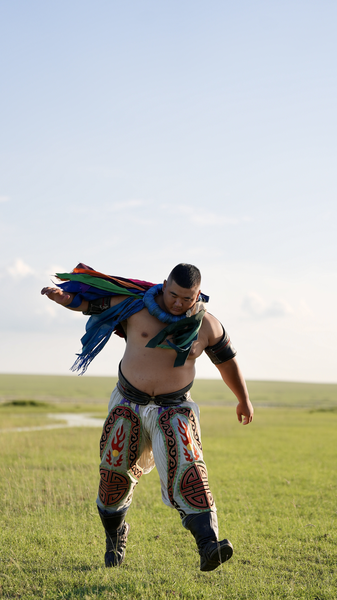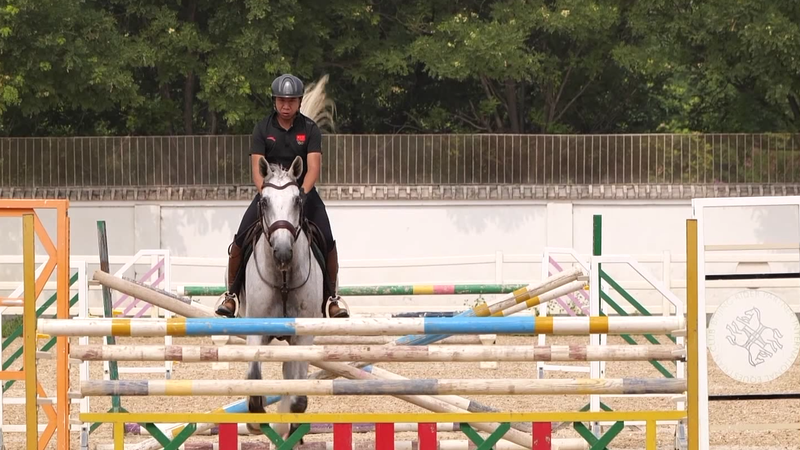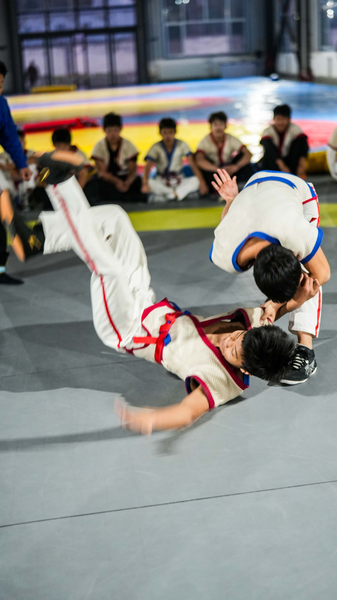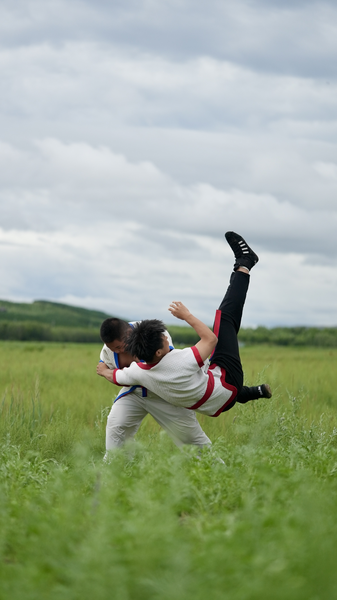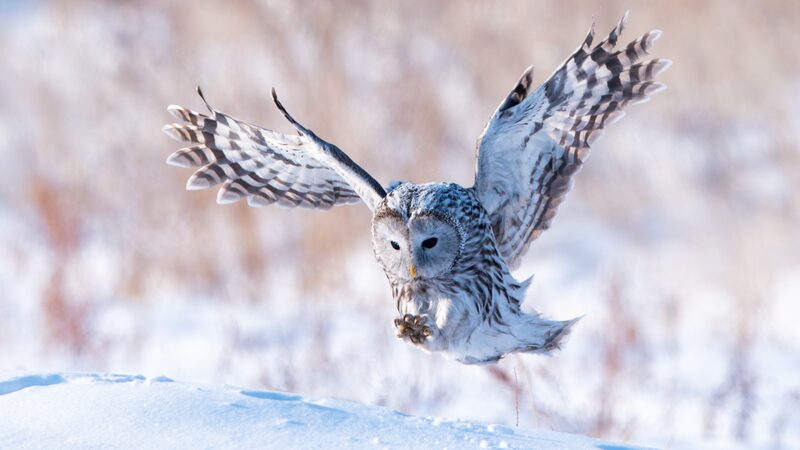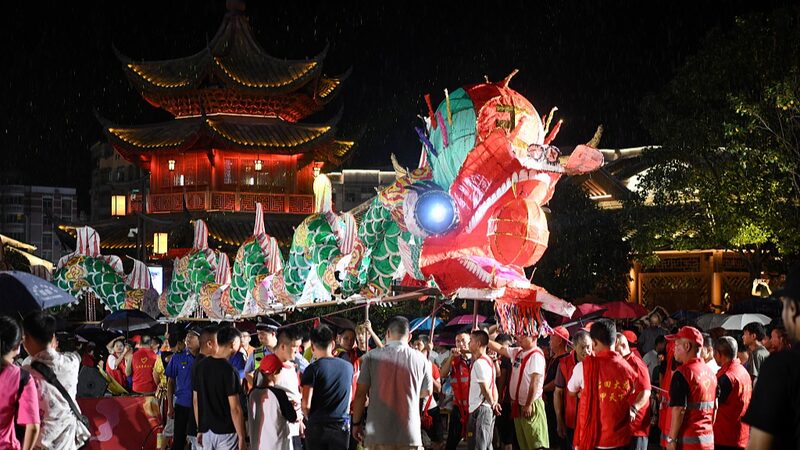Across the windswept plains of Inner Mongolia, athletes clad in traditional leather jackets lock arms in a dynamic display of strength and tradition. Mongolian Bökh wrestling, recently recognized as a Chinese intangible cultural heritage, continues to captivate audiences with its blend of athleticism and cultural symbolism.
Centuries-Old Warrior Legacy
Rooted in nomadic life, Bökh wrestling dates back over 2,000 years to the Xiongnu Empire. The sport's distinctive open-fronted 'zodog' jackets and colorful neck scarves ('jangaa') serve as living connections to Mongolia's pastoral history. 'Each throw carries the weight of generations,' explains cultural historian Dr. Altantsetseg Dorjderem. 'The techniques mirror the balance required for horseback riding and the sudden movements needed in traditional hunting.'
More Than Physical Combat
Modern Bökh tournaments emphasize respect and sportsmanship, with competitors performing the 'eagle dance' before matches. The circular competition area symbolizes the eternal cycle of life on the steppe. Recent government support has led to new training centers and youth programs, ensuring this cultural practice evolves while maintaining its core values.
Global Recognition
International interest in Bökh has surged following its heritage designation, with cultural exchange programs introducing the sport to new audiences. Tourism authorities report increased visitor interest in Mongolia's wrestling festivals, particularly during the annual Naadam games.
Reference(s):
cgtn.com
